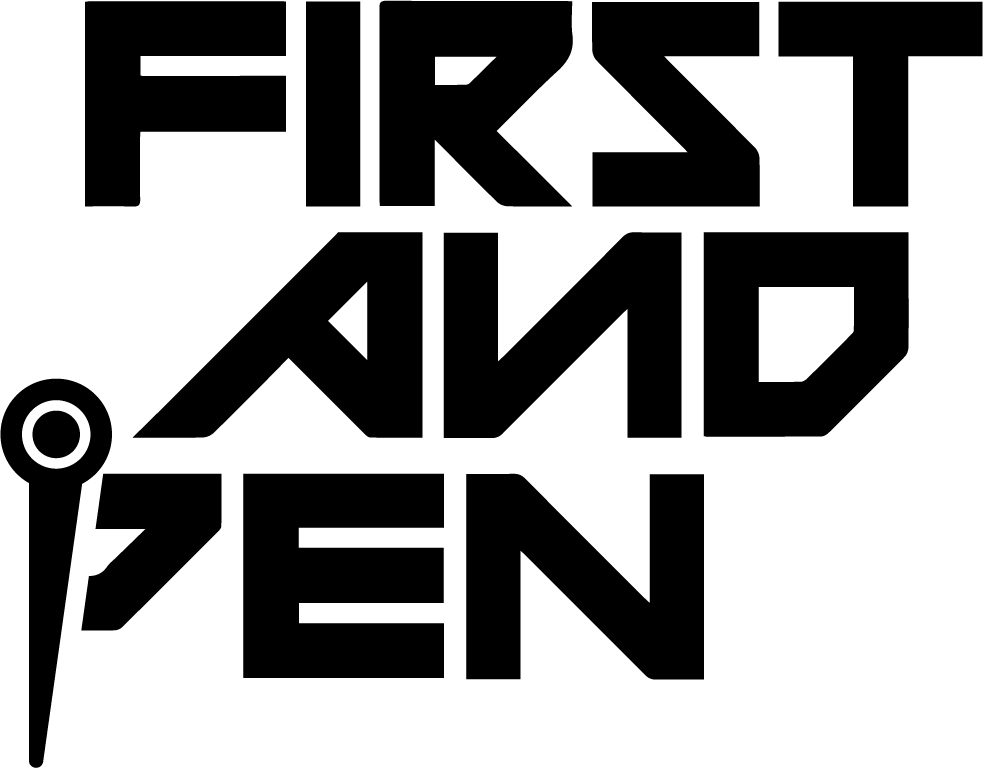The NBA All-Star Game has long been more than a basketball exhibition—it’s a cultural touchstone, a platform for artistry, and a reflection of the league’s evolving identity.
As the 2025 edition descends upon San Francisco (February 14–16), the event promises to blend cutting-edge competition with a celebration of the diverse voices shaping modern basketball.
For communities of color, whose contributions have defined the NBA’s global rise, this year’s All-Star Weekend offers a stage to amplify their impact on and off the court.
A Tournament for the Next Generation
The 2025 All-Star Game breaks tradition with a four-team, single-elimination tournament, a direct response to years of criticism about dwindling competitiveness.
For many fans tracking the NBA odds, this new format adds an extra layer of excitement, as each semifinal (first to 40 points) and the championship final will come down to razor-thin margins. With a $1.8 million prize pool on the line, intensity and unpredictability are guaranteed.
This year will feature four teams, the first three helmed by honorary General Managers Charles Barkley, Shaquille O’Neal, and Kenny Smith. The fourth will consist of players from the Rising Stars event.
Barkley, a Hall of Famer, will draft alongside O’Neal, whose larger-than-life persona has made him a cultural icon, and Smith, a respected analyst and 2x NBA champion.
The Full Starting Rosters:
Eastern Conference Starters
Frontcourt
Giannis Antetokounmpo (Milwaukee Bucks)- Greek-Nigerian superstar and 2x MVP, leading all players with 1.7 million fan votes. Embodies the NBA’s global reach, leveraging his platform to support African youth initiatives.
Jayson Tatum (Boston Celtics)- 4x All-Star and the face of the Celtics franchise, Averaging 27.4 PPG, anchoring the reigning NBA champions
Karl-Anthony Towns (New York Knicks)- Returned to the New York area via a trade. First All-Star selection since 2022 after overcoming personal tragedies.
Backcourt
Donovan Mitchell (Cleveland Cavaliers)- Averaging 28 PPG, leading Cleveland’s resurgence. Active in Cleveland’s educational equity programs.
Jalen Brunson (New York Knicks)- Star point guard having a career year (26.8 PPG, 6.5 APG). Key to the Knicks’ highest win percentage since 2013.
Western Conference Starters
Frontcourt
LeBron James (Los Angeles Lakers)- Historic 21st All-Star selection, extending his NBA record. At age 40, averaging 23.8 PPG.
Kevin Durant (Phoenix Suns)- 15x All-Star and 2x Finals MVP, advocating for HBCU partnerships through his Foundation. Averaging 29.1 PPG on 52% shooting.
Nikola Jokić (Denver Nuggets)- Serbian center and 3x MVP, leading the West in fan votes (1.4 million). His unorthodox style challenges traditional basketball norms.
Backcourt
Shai Gilgeous-Alexander (Oklahoma City Thunder)- Canadian guard leading the NBA in scoring (32.0 PPG). Represents the rising influence of international Black athletes.
Stephen Curry (Golden State Warriors)- 11x All-Star and face of the franchise. Shooting 41% from three-point range at age 36.
Selection Process & Cultural Significance
Starters were chosen through a weighted vote:
50% fan votes (showcasing community mobilization)
25% player votes (peer recognition)
25% media votes
Notably, Giannis and Jokić dominated fan voting, reflecting strong support from Milwaukee’s Somali community and Denver’s Latino population, respectively.
The inclusion of Brunson and Mitchell highlights how guards of color now drive the league’s pace-and-space evolution.
Access and Advocacy: Who Gets to Participate?
While ticket prices (starting at $1,367) raise questions about accessibility, the league has partnered with local organizations to distribute seats to Bay Area youth programs, many of which serve communities of color. The NBA’s “Share the Mic” initiative will also amplify Black and Latino journalists during media availabilities, addressing longstanding representation gaps in sports journalism.
Fan voting, which accounted for 50% of starter selections, saw Giannis and Jokić lead—a testament to Milwaukee’s Somali and Denver’s Latino communities mobilizing behind their stars. Social media campaigns like #NBAAllStarVote became battlegrounds for fanbases to champion their heroes, blending fandom with cultural pride.
Why This Matters
The 2025 All-Star Game arrives at a pivotal moment. As the league navigates expansion, media rights deals, and global conflicts, its commitment to diversity remains central. From the HBCU Classic to Barkley’s unfiltered commentary, the weekend celebrates how athletes of color have transformed basketball into a vehicle for social change.
For San Francisco, a city grappling with income inequality, the event is also a challenge: Will it uplift the Black and Filipino communities that shaped its basketball culture? Legacy projects, like renovated courts in Oakland and mentorship programs with Warriors stars, suggest a step in that direction.
The Bottom Line
This year’s All-Star Game isn’t just about dunks and three-pointers—it’s a microcosm of basketball’s soul. The tournament format tests competitiveness, the Rising Stars Challenge fuels dreams, and the cultural programming honors the communities that made the NBA a global force.
As fans tune in worldwide, they’ll witness a sport that continues to evolve, guided by the voices that have always pushed it forward.











